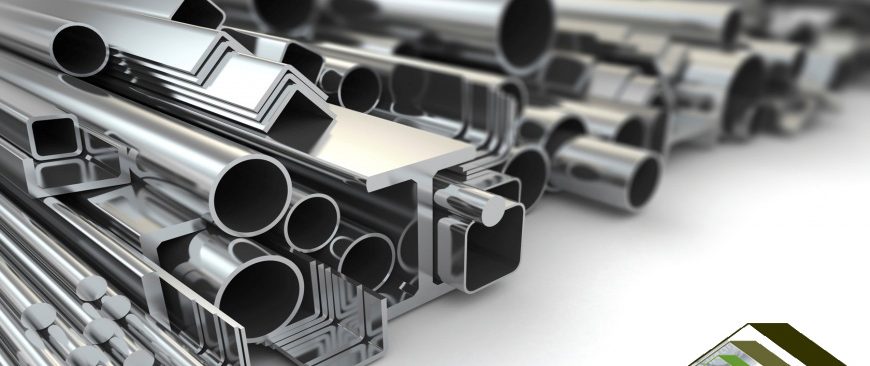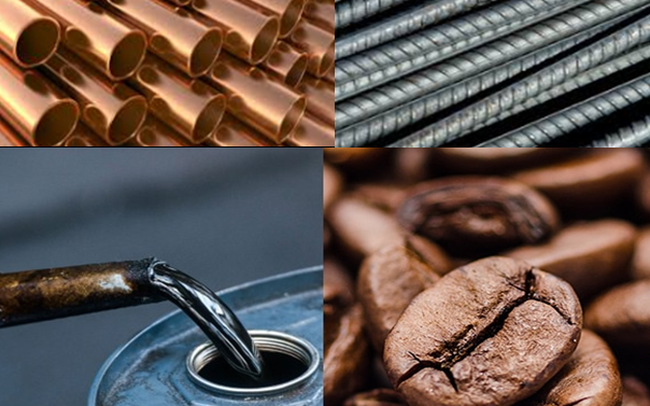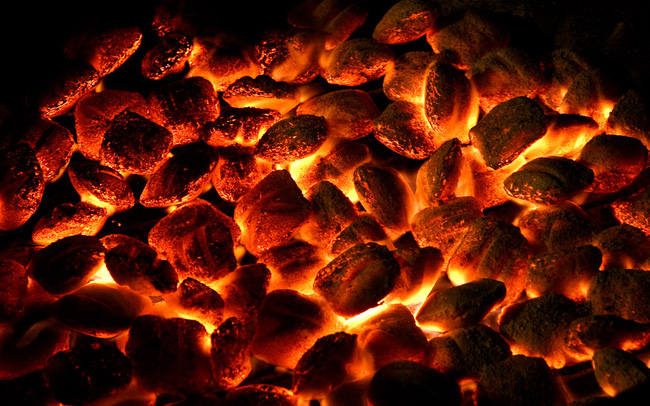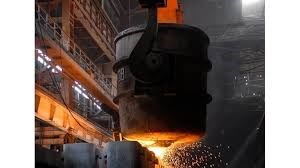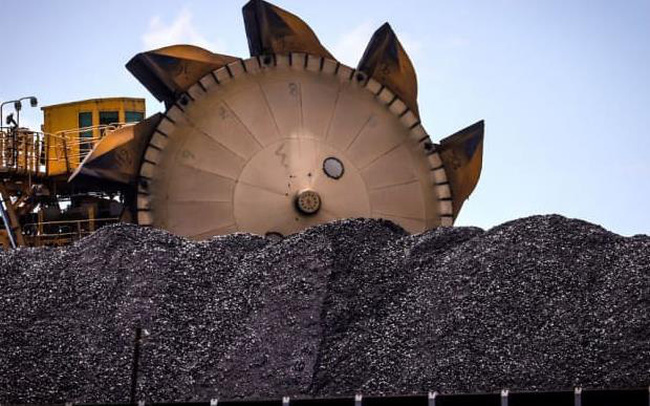Copper prices rose on September 27, and the amount of copper in China’s exchange reserves fell to the lowest level in more than 12 years. Nickel prices fell 1% to $19,200 a tonne and zinc prices fell 0.9% to $3,100.50 a tonne.
A shortage of scrap copper – the feedstock for about a third of China’s copper output – has led some Chinese smelters to cut output of refined copper, and forced some fabricators to turn to the metal. refined instead of scrap.
Three-month copper on the London Metal Exchange rose 0.5% to $9,380.50 a tonne, while October contract on the Shanghai Futures Exchange rose 0.9% to CNY69,630. (equivalent to 10,768.29 USD)/ton
 |
The shortage of scrap copper will affect production in China this year.
Copper stocks fell for the seventh consecutive week to 44,629 tons, the lowest level since June 2009. The tightening restrictions on production cuts in China are getting tighter, disrupting supplies and supplies. limited scrap copper, forcing some users to switch to cathode copper for consumption.
Yangshan copper price increased to 114 USD/ton, showing improved import demand for this metal in China, 3-month copper delivery price (CMCU0) was at 11.25 USD/ton, indicating that supply in Yangshan is also good. is tightened.
Rising raw material costs and supply chain challenges prompted Chinese exporters to raise commodity prices, putting upward pressure on global inflation.
ING analysts say the electricity crisis will support prices as it will lead to a reduction in supply, but also have a negative impact as it affects semi-manufactured and downstream consumers.
On the London exchange, nickel prices fell 1% to $19,200 a tonne and zinc prices fell 0.9% to $3,100.50 a tonne.
Aluminum prices in Shanghai fell 1.3% to CNY 22,890/ton, nickel fell 0.5% to CNY 144,7120/ton while rising 1.2% to CNY 14,480/ton.
Aluminum stocks in Shanghai on Friday rose for the first time in five weeks to 229,847 tonnes, easing worries about supply shortages and price pressures.
China has considered selling about 500,000 tons of aluminum from state reserves to cool the market. As a result, aluminum prices initially fell but still returned to their highest levels in a decade. Last year, China’s aluminum consumption was 37 million tons, more than half of the total world production.
The country holds stocks ranging from raw materials like copper to foodstuffs like soybeans, as well as huge reserves of crude oil, in undisclosed amounts. Any move by the reserve agency to buy or sell has the potential to change the market dramatically.
China’s longer-term plan could add more base metals to strategic reserves to secure domestic supplies and alleviate potential shortfalls, although any Chinese procurement programs water is now in danger of adding fuel to the fire.
T&G International Joint Stock Company
Address: 352 Hue Street, Le Dai Hanh Ward, Hai Ba Trung District, Hanoi
Hotline: 0345786803
Email: hrm@tginterjsc.com
Website: http://tginternationaljsc.com



